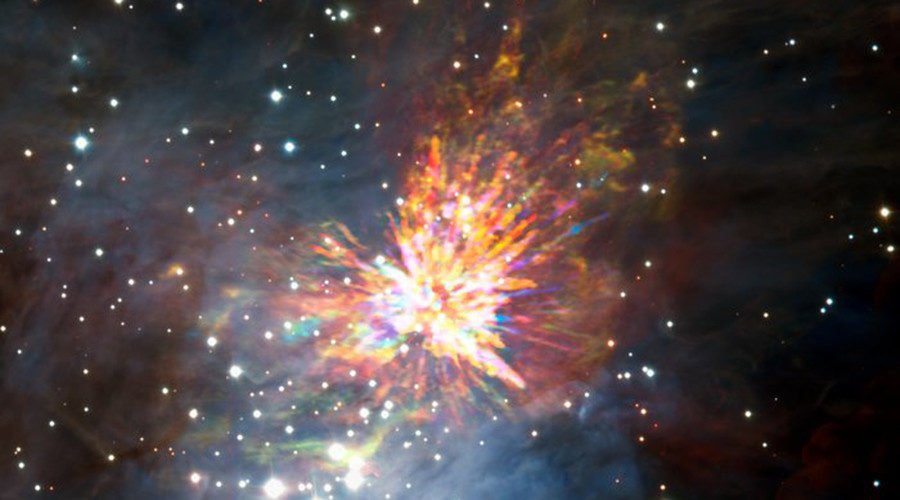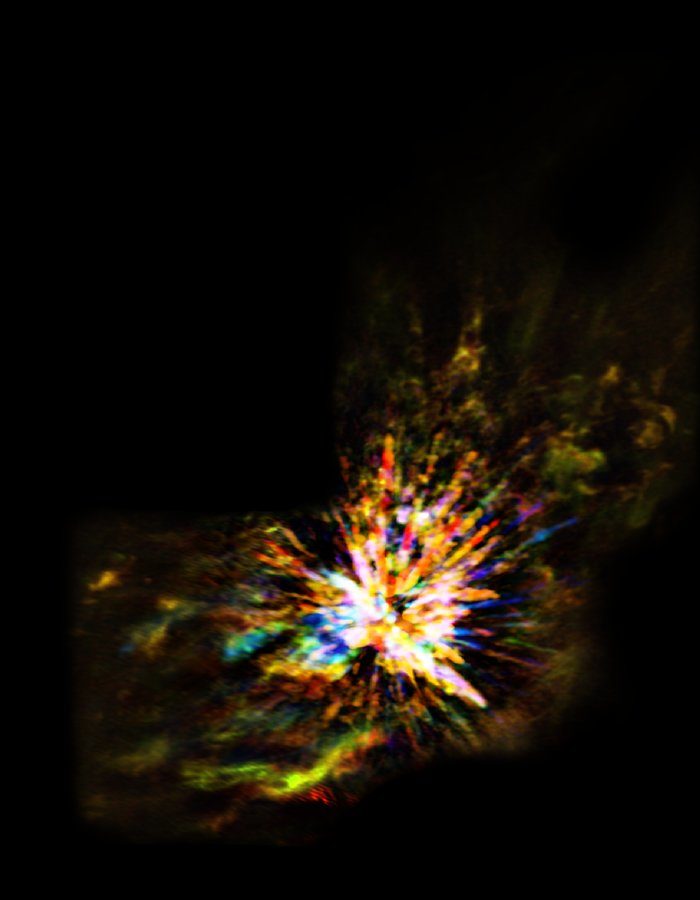OF THE
TIMES
We'll know our disinformation program is complete when everything the American public believes is false.
that a factory that supports the death machine has suffered destruction, is due reward.
The Russians did it, the Russians did it !!! :O The Daily Mail, of all shabby British tabloids ... I wonder why they don't say it ?
What does this tell me ? I don't know. Although after scandals with companies like 23andme, I don't trust such reports anymore. And in any way.
Testing, testing 1 2 3 I suspect
The US is getting closer and closer to Socialistic Communism. The Communistic Corporation Government can take every thing you own away from you...
To submit an article for publication, see our Submission Guidelines
Reader comments do not necessarily reflect the views of the volunteers, editors, and directors of SOTT.net or the Quantum Future Group.
Some icons on this site were created by: Afterglow, Aha-Soft, AntialiasFactory, artdesigner.lv, Artura, DailyOverview, Everaldo, GraphicsFuel, IconFactory, Iconka, IconShock, Icons-Land, i-love-icons, KDE-look.org, Klukeart, mugenb16, Map Icons Collection, PetshopBoxStudio, VisualPharm, wbeiruti, WebIconset
Powered by PikaJS 🐁 and In·Site
Original content © 2002-2024 by Sott.net/Signs of the Times. See: FAIR USE NOTICE


The suspense is killing me. I'll die before I know, so that's probably literal.